Petra Croton (Single plant)
Original price was: ₹400.₹79Current price is: ₹79.
24 in stock
Description
PETRA CROTON:
Petra croton is also known as the Golden petra. It can grow 6-8 feet tall when planted in spacious containers. The leaves of petra are large and bushy. The colours such as yellow, orange, peach, red accentuates the veins while the other parts of the leaf are dark coloured. The amount of light adds pop to the colour of the leaves.
HOW TO CARE FOR YOUR CROTON:
- Use a well-drained soil. Croton does not need much fertilizers for enhancing growth but once a year is fine.
- Remember to not overwater your croton, any plant when over watered leads to rotting of the roots and death of your plant. Insert your finger up to 1inch deep in soil, if the soil feels dry then water your plant.
- Place your croton in a bright spot. The pretty colours on its variegated leaves will appear when you provide sufficient sunlight (not direct). Too little light will lead to more greener colours and too much light will burn the leaves.
- In winters, keep your plants inside when temperature is well below 10 degrees Celsius.
- Croton hates being moved too soon from their location. So, after moving to another location, you may see drooped leaves. It is important to acclimatize the plant slowly, to its new environment by keeping it in the desired spot for 1-2 weeks.
- Provide some shade to your croton in afternoon when you see the leaf colours fading away (this is due to high light received by plant in the whole day).
- For a bushier look or to contain the plant, prune it in early spring not more than 1/3 of the length of that part.
PROPAGATION OF PETRA CROTON:
- Soil: Take 3-4 inches long stem cutting with good number of leaves on it. Remove all the leaves a the bottom of the stem. Place this cutting deep in well-drained soil in a humid area and away from direct sunlight. The roots will grow within a month or so. Move you plant to another location by acclimatizing it.
- Water: The stem cutting can also be placed in a glass container with root hormone.
- Root hormone: The stem cutting can be dipped in the water and then in root hormone. Tap away the excess of root hormone on the cutting or else it will rot the stem cutting.
| ORIGIN | Indonesia, Northern Australia and other Pacific Islands |
| COLOURS ON PLANT | Yellow, red, gold, orange |
| PLANT TYPE | Tropical plant and Indoor plant (can be planted outdoors with some shade) |
| SOIL | Well draining soil mix (some sand and stones) |
| LIGHT REQUIREMENT | Partial sunlight (50% sunlight; or not direct sunlight) |
| WATERING | upper soil feels dry (overwatering will cause death of plant) |
| FERTILIZERS | Once or Twice a year |
| PROPAGATION | Stem propagation via soil, water or rooting hormone
You will find leaf propagation as well, but it is difficult for the plant to establish itself via a single leaf. |
ABOUT CROTONS: ?Croton? word hails from a Greek word for tick (coz its seeds are similar in shape). ?Crotons are perennial plants and native to most of the tropical regions such as South East Asia, Northern Australia and Pacific islands. If you think you need a flowering plant to add colour to the garden then think again, crotons come with all hues within a single plant such as yellow, red, orange, pink, green and purple. It grows quite tall, up to 10 feet, but dwarf varieties are available which are just suitable for any table top decorations, growing just like any other shrubs. The crotons should be kept in bright spots and partial shade locations.
TIP: Plant your crotons in colourful pots which will enhance the beauty and leave you stunned, for the contrast colours of the plant and pot will complement each other.
Croton Petra
Croton Petra is a gorgeous ornamental foliage plant with stunning leaf colour and variegation. The leaves tend to be glossy and oval in shape with pointed tips. Colours range from pink, through reds, oranges, yellows, light and dark greens – so much colour on one plant. Croton petra is a broadleaved evergreen perennial from the family Euphorbiaceae. Croton, a perennial with woody stems and roots, features leathery, smooth-edge, oval- or lance-shape leaves in bright colors. These colors are often combined in patterns involving blotching and striping, and sometimes the color changes as the plant ages. Crotons come in a wide variety of leaf shapes and colors. Leaves can be short, long, twisted, thin, thick, and several of these combined. Colors range from green, variegated, yellow, red, orange, cream, pink, and black to a combination of all these.
A bright burst of color on deep green leaves, the Golden Petra is a popular indoor plant as easy to care for as it is to love. Commonly known as the Croton Petra or botanically as codieaum variegatum, this plant is coveted for the auburn, scarlet, and lemon colored veins that mark its bright, bushy foliage.
If you’re looking for color, it’s tough to beat croton. A popular houseplant, croton features wildly variegated leaves that often have more Red, Orange, Yellow, or Purple than Green. A great choice for high-light spots, croton sucks nasty VOCs from the air like a champ.
Crotons are relatively easy-going plants in the landscape, but they don’t tolerate wet feet well and should be planted in well-drained soil. They will thrive in either full sun or part-shade locations, though in shadier spots their colors may be more muted.
In India you can buy croton petra plants online anywhere through our website. We have delivers to Andhra pradesh, Arunachal pradesh, Assam, Bihar, Chhattisgarh, Goa, Gujarat, Haryana, Jammu Kashmir, Himachal Pradesh, Madhya pradesh, Jharkhand, Kerala, Karnataka, Mizoram, Maharashtra, Manipur, Meghalaya, Nagaland, Odisha (Orissa), Punjab, Rajasthan, Sikkim, Tamilnadu, Telangana, Tripura, Uttar Pradesh, Nagaland, Uttarakhand and West Bengal.
What makes it special:
> In areas with warm, humid summers, croton can be grown outdoors as a unique and colorful landscape plant.
> easy to grow.
>When nighttime temperatures drop to around 50°F (10°C), croton will need to be taken indoors.
>The Croton ‘Petra’ plant will produce multicolored leaves in moderate to bright, indirect sunlight.
>Croton are regarded as slow to moderate growers. Given plenty of bright light and consistently moist soil,
Sr Item Name
1 Croton Petra/plant
2 4 inch (10 cm) Grower Round Plastic Pot (Black)
3 4.5 inch (11 cm) Ronda No. 1110 Round Plastic Planter (White)
Plant Specifications
Plant Height 3-8 feet tall ,3-6 feet wide
Plant spread 4 to 6 feet
Common Name Croton Petra plant
Maximum reachable height Upto 10 feet
Flower colour Cream coloured
Bloom Time Summer
Difficulty level Medium
Planting And Care
Sunlight
>Croton Petras are native to tropical regions and need about 6 to 8 hours of bright, direct light a day.
It is not uncommon for new growth to be green, but if the plant is placed in a bright window.
>The Croton ‘Petra’ plant will produce multicolored leaves in moderate to bright, indirect sunlight. It can tolerate lower light.
>direct sunlight a day to produce gorgeous yellow, red, and purple foliage.
>Some varieties of croton need high light, while others need medium or low light. In general, the more variegated and colorful the croton plant, the lighter it will need.
> For get more colour full: Bring the croton outdoors during the warm part of the year to give it more light. Be sure to harden off the plant, bringing it outdoors for a few hours at a time and placing it in a shady spot at first, to allow the plant to adjust to the brighter light, wind, and less stable temperatures of the outdoors.
Soil
>Moist, well-draining and pHAcidic (4.5 to 6.5)
>Croton plants require rich soil. I use a combination of organic compost and peat moss.
>These plants require soil that drains well; they do not like to sit in a pool of water though, so the pot also needs to be able to drain as well.
>some cactus and succulent mixes may be suitable for your croton plant.
Watering
>check if your Croton plant needs water is to check its foliage. The leaves of this plant will begin to wilt when thirsty
>The soil in which the croton is planted should remain moist but not constantly wet during spring and summer when the plant is growing. Feel the soil and if it is dry to the touch, it may be time for watering. In a dry environment, the croton may require misting to maintain healthy leaf growth.
>Crotons need plenty of water. Even though they need good drainage they should not be allowed to dry out, which can happen in winter. With a container plant, don’t let the soil dry completely before watering.
>1 inch of water each week to garden-grown croton plants. Watch the plant for signs that it needs more water such as slight wilting in the young foliage. Increase watering if the wilting happens during hot weather, but check the soil moisture first.
>water your croton every 3-7 days in summer and spring to keep the soil moist but not soggy. However, you don’t want to actually count days before watering. Instead, check the soil moisture and water when ½ inch of topsoil is dry.
Application of fertilizer
>Croton requires a fertile, humus rich environment. Apply a balanced liquid fertilizer (20-20-20) every two to three weeks. A balanced fertilizer stimulates vivid leaf colors during the growing season. Croton is susceptible to pest and pathogen problems.
>Two good target ratios for croton fertilizer are 3-1-2 and 8-2-10. The first has more nitrogen, while the second has more potassium. As a result, you may find yourself switching between two different fertilizers depending on your croton’s soil quality.
>Potted croton plants should be fertilized every other month since they are in a constant state of growth throughout the year. Do not fertilize outdoor croton plants during the winter. A liquid fertilizer can be used rather than the slow-release granular fertilizer.
Plant protection
>If your Croton has stunted or halted growth, it’s probably because of improper care. These plants can be somewhat particular regarding their care and environmental requirements, so improper watering, insufficient light, or big swings in temperature can easily disrupt a Croton’s growth rate.
> Keep the soil evenly moist, but let it dry out between waterings. If humidity is low in your home, mist around the leaves with water once a week or keep a tray of wet gravel near the plant. Croton leaves are dust magnets. Gently wipe the leaves with a moist cloth twice a month to keep them clean and dust-free.
>they can’t handle temperatures below 50 degrees. Drafts and fluctuations in temperature can cause your plant to shed its leaves, so choose a spot that’s consistently warm and away from hot or cold air vents
>In indoors: Place croton in a sunny location such as an eastern, southern, or western window.
>In outdoor: Plant Feed. Fertilize regularly for best display.
Watering. Keep soil evenly moist.
Soil. Fertile, well-drained soil.
Don’ts
> This is another very common houseplant that must be kept out of reach of kids and pets. Its leaves are so toxic that even coming in contact with them through touch alone could have bad results.
>Crotons are sensitive to overwatering. Normally when a plant’s leaves are wilting this means it needs more water, however, if you notice your Croton Petra’s leaves are wilting, you may be watering too much. If the bottom leaves of the plant dry out and fall off, you are not watering enough.
Croton Petra
Initial care for 1-2 weeks after receiving plant at your location:
>The trick with growing these plants is to find an ideal location where the plant will thrive, and to avoid moving it.
>This plant prefers temperatures between 60-70 degrees. Keep your Croton Petra away from drafts and cold areas like a windowpane in the winter. For best results, use a general houseplant fertilizer once in early spring, once in early summer, and again in mid-summer. Do not feed in the fall or winter
>Croton plants do not like to be moved, and when they are moved, they can quickly go into shock which results in leaf loss. Therefore, it’s best to avoid moving the plant as much as possible.
>The plant should also be kept away from drafts and cold, as it cannot tolerate temperatures below 60 degrees F. (15 C.). If it is exposed to temps lower than this, the croton will lose leaves and possibly die.
>Water about once a week and let it dry out entirely between waterings. The Croton Petra loves humidity so either mist weekly or place in a well-lit bathroom with plenty of moisture. Avoid prolonged periods of drought.
Special features:
>Croton’s colourful and sometimes colour-changing foliage means that the plant symbolises change. It’s an appropriately cheering gift for a child who is going off to college, a house move or a retirement.
>In areas with warm, humid summers, croton can be grown outdoors as a unique and colorful landscape plant.
>It features dainty racemes of white star-shaped flowers from late winter to early spring.
Croton Petra plant uses:
>Popular uses include treatment of cancer, constipation, diabetes, digestive problems, dysentery, external wounds, fever, hypercholesterolemia, hypertension, inflammation, intestinal worms, malaria, pain, ulcers and weight-loss.
>The seeds and oil extracted from the seeds are used to make medicine.
>Despite serious safety concerns, people take croton seeds for constipation and other uses.
>. Croton seeds are sometimes applied directly to the skin for rheumatoid arthritis (RA), gout, and other conditions.
Only logged in customers who have purchased this product may leave a review.

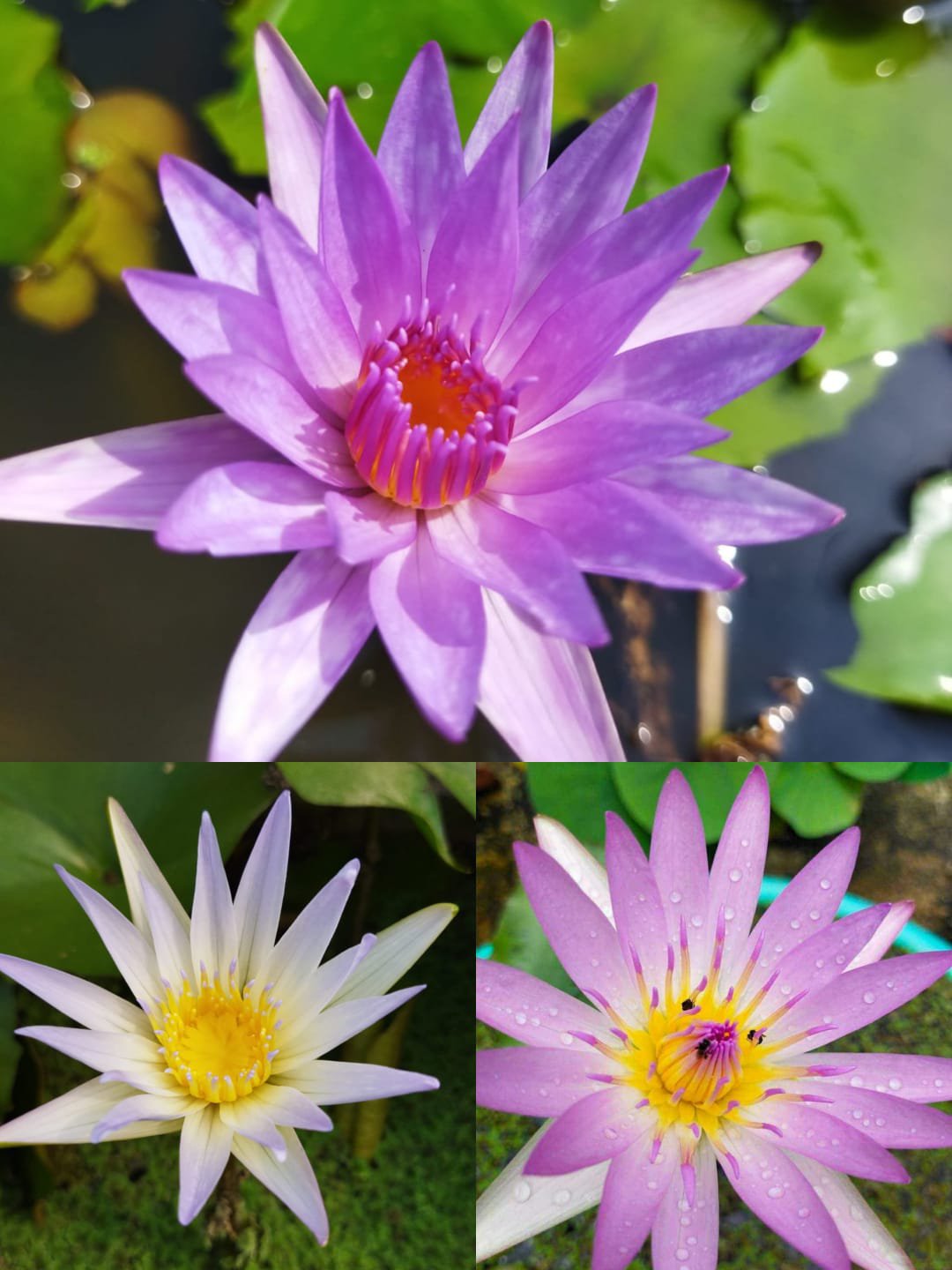

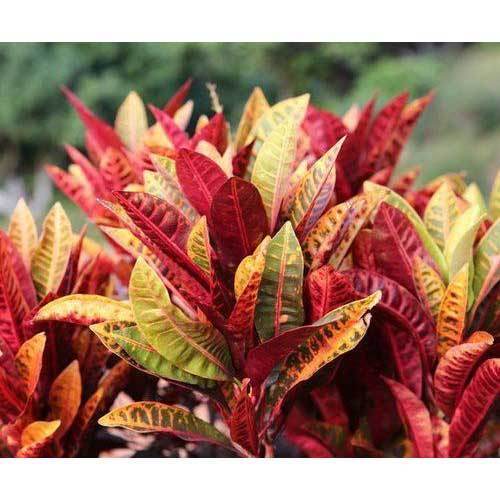
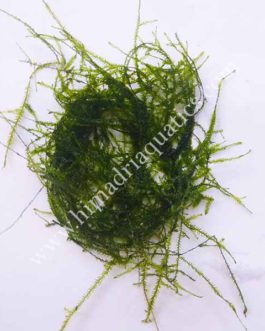
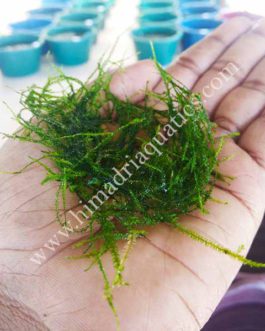
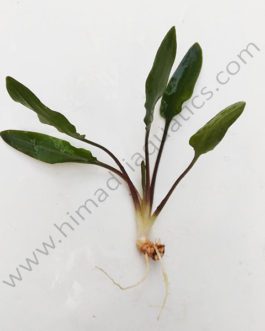
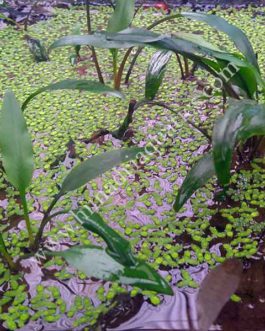
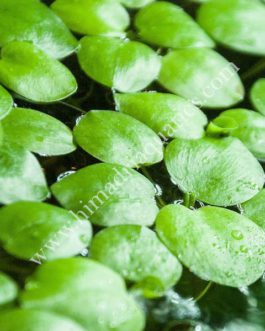
Reviews
There are no reviews yet.